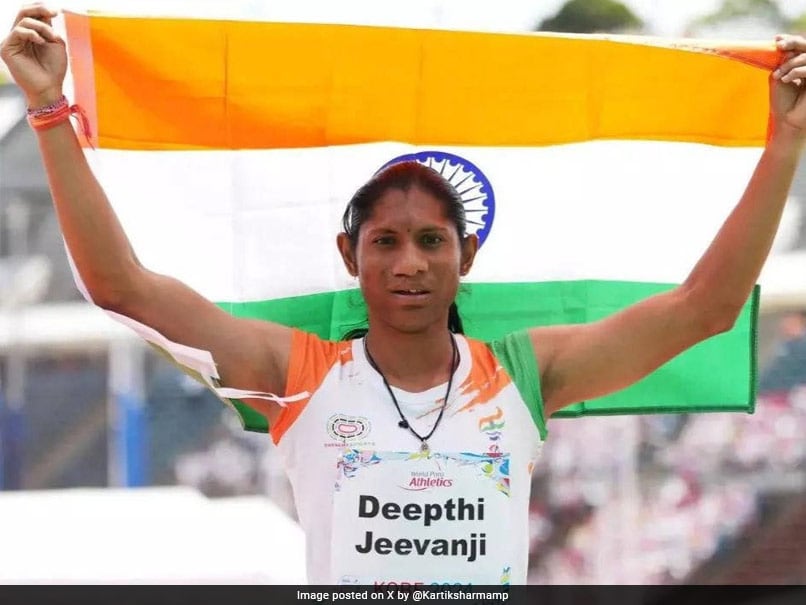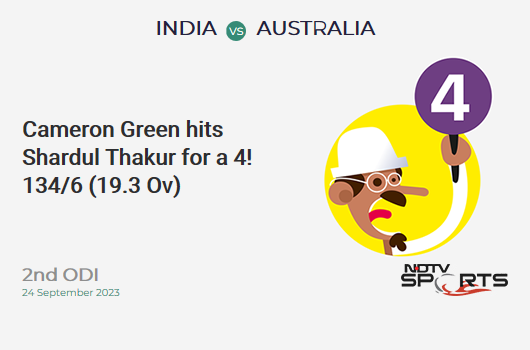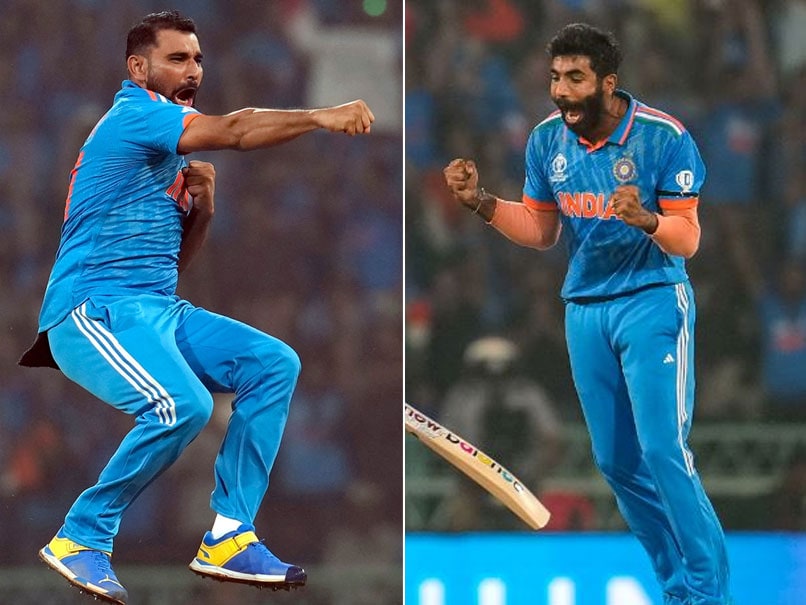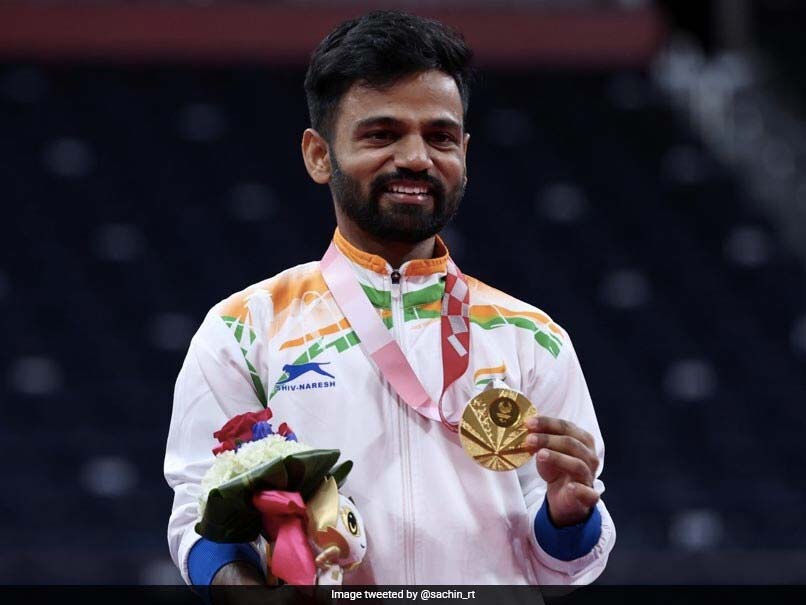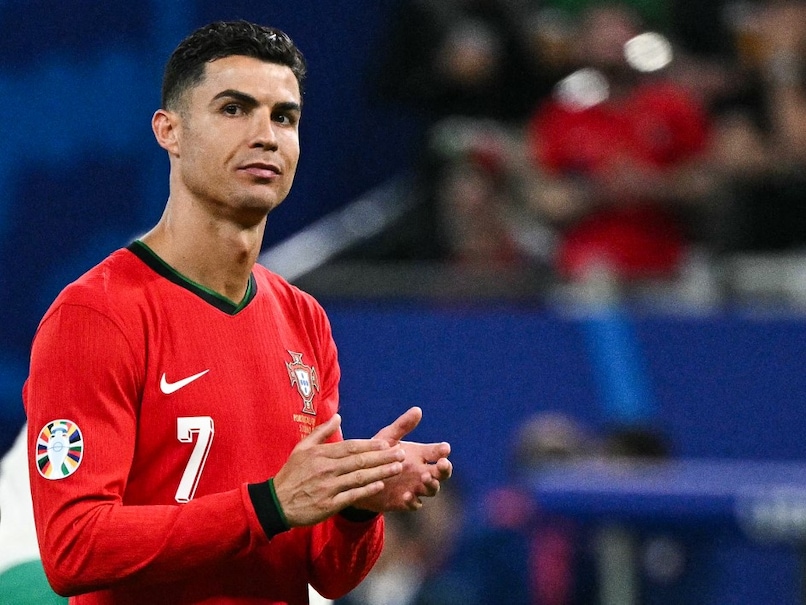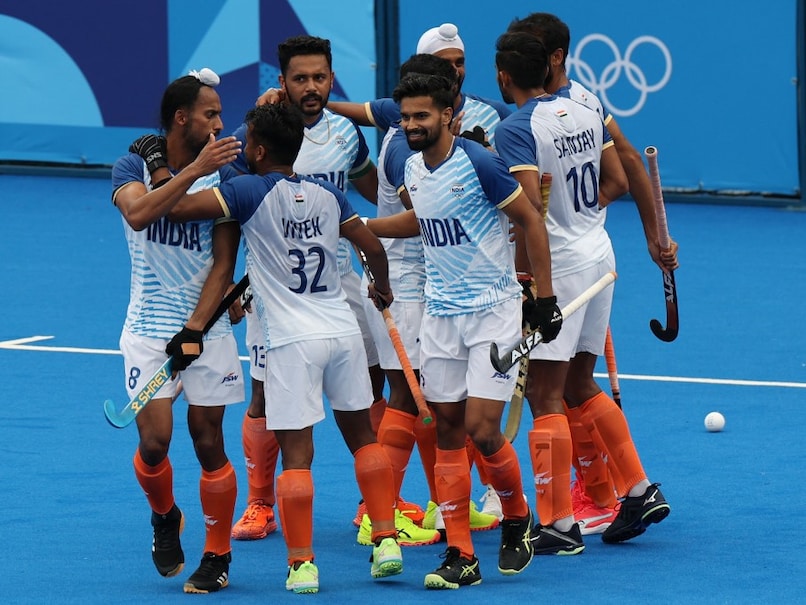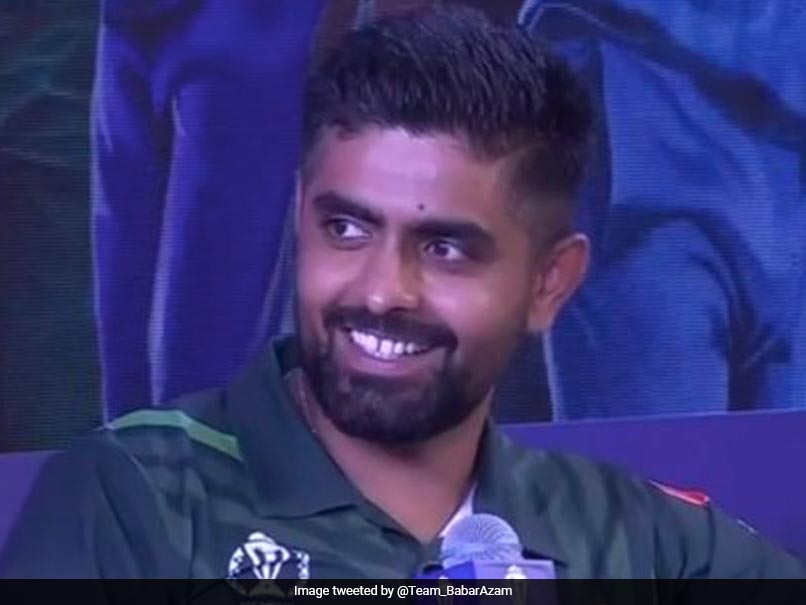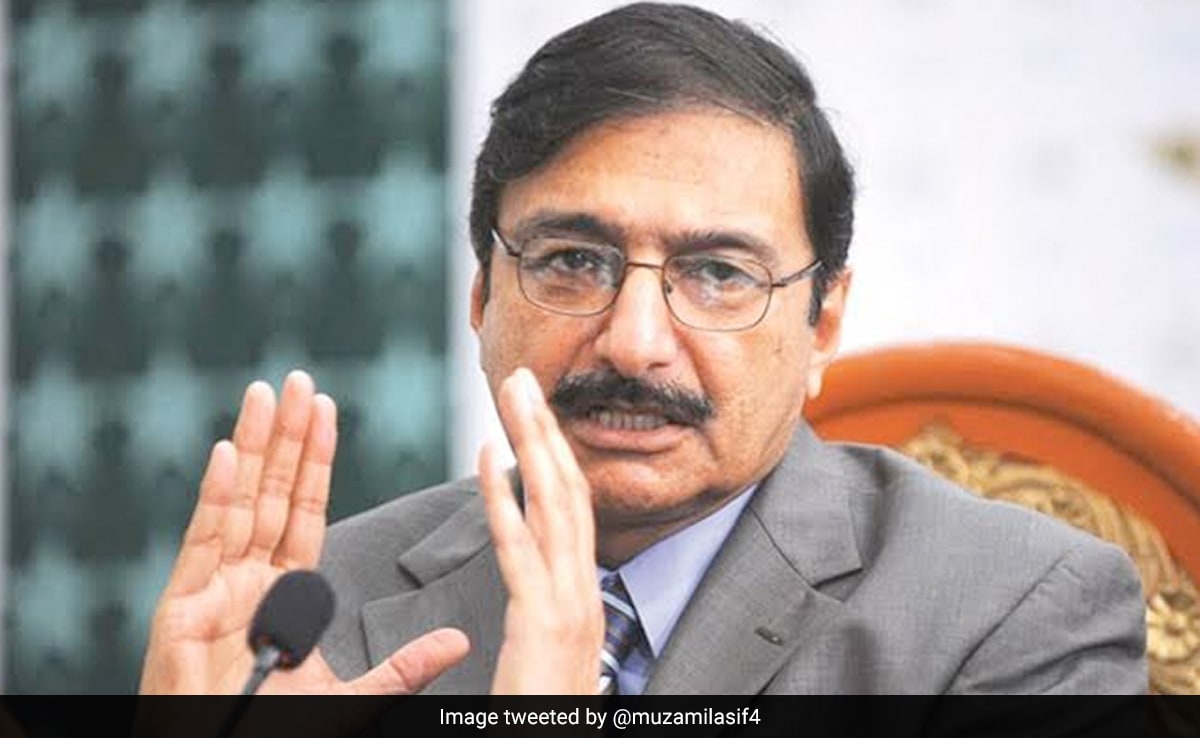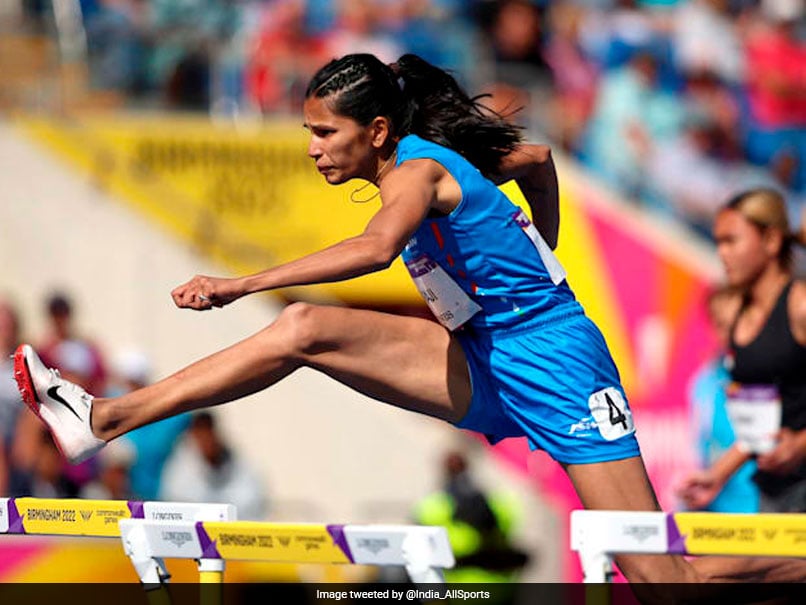Life has consistently thrown challenges at Krishna Nagar but the Indian para shuttler knows how to take them in stride, laugh at adversity, adapt and emerge victorious. When he was bullied during his childhood for his short height, Krishna responded with his achievements. Krishna refused to let his dwarfism condition hinder his progress. That was the best way to shut the haters. Despite financial struggles in his early years, he explored various sports, including cricket, football, volleyball, long jump,
and sprints. His journey in badminton began in late 2017 at the Sawai Mansingh Stadium in Jaipur.
He made history at the Tokyo Paralympics by becoming only the second Indian, after Pramod Bhagat, to win a gold medal, making his Games debut memorable.
Now, as he prepares to defend his title, the 25-year-old from Jaipur is focusing on maintaining composure and playing it safe to replicate his success when he takes court at the Paris Games.
“This is my second Paralympics, and there is some nervousness because it’s a big tournament,” Krishna, who competes in the SH6 category, told PTI in an interview.
The SH6 category is for short stature athletes, who compete standing.
“It’s a dream to participate in such a prestigious event. I feel blessed to have another chance at the Paralympics. My main aim is to defend the gold medal and live up to the expectations,” he said.
Standing at about 4 feet 6 inches, Krishna is one of 13 Indian para badminton players set to compete in Paris.
Life was not easy for him even after Tokyo success. If an injury threatened to thwart his progress, losing his mother was a bigger setback.
But the strong-willed athlete hasd no option but to rise again.
Talking about his preparations, he said, “I twisted my ankle after the Tokyo Paralympics and faced some other issues, but now everything is fine. The game is evolving, and I’m focusing on adapting my style to different conditions and opponents. Whether fast or slow, I need to stay positive, keep the shuttle in play, and execute smashes safely.” Krishna, who trains under coach Yadvendra Singh in Jaipur, secured his first para World Championship title in February this year in Thailand, defeating China’s Lin Naili in the final.
“It’s crucial to stay positive, play safe, and remain calm. There are new players this time, and the competition is tougher. We need to be more agile and play with speed and positivity,” he emphasised.
Coping with Personal Loss
Krishna faced the biggest challenge of his life when his mother passed away just six months after his Tokyo triumph. While the loss was hard to overcome, a strong support system helped him through the difficult period.
“Losing my mother was devastating. It was my dream that I do something for her, but she passed away after the Paralympics. Things are better now, and I’m playing again. Time heals,” he reflected.
Krishna will be the only Indian para badminton player defending a title in Paris following the suspension of his compatriot Pramod Bhagat, a five-time world champion, for whereabouts clause violations earlier this month.
When asked if the absence of Bhagat increases the pressure on him, Krishna replied, “Not at all. It’s the blessings and support of the people, the government, PCI, and BAI that have brought us this far. I know Pramod Bhaiya won’t be there this time, but I’ll do my best.” “If I overthink, it will only harm my performance. There’s nothing bigger than this, so that’s my sole goal.” Krishna acknowledged that Tokyo success redefined his life.
“Life has changed completely since then. People have started recognising para badminton and the Paralympics. In Tokyo, it was a big opportunity for us, there was a lot of excitement and curiosity. It was my first time, and I was nervous, but gradually things fell into place.
“This time, it will be the same. Once we arrive, we will acclimatise, and things will normalise. Until then, there will be anxiety about court conditions and drift, but that’s part of the process,” he said.
The Indian para badminton team is scheduled to depart for Paris on August 25.
Topics mentioned in this article




